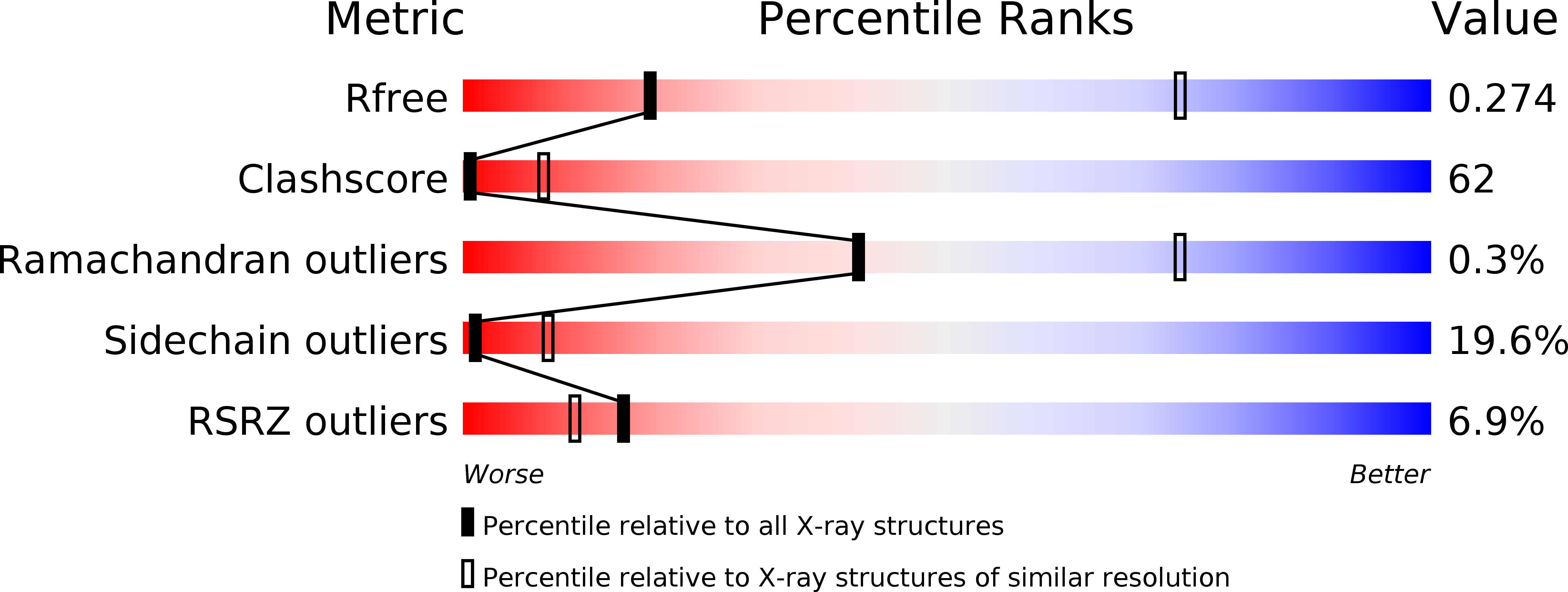
Deposition Date
2012-08-29
Release Date
2013-08-14
Last Version Date
2023-09-13
Entry Detail
PDB ID:
4GUQ
Keywords:
Title:
Structure of mutS139F p73 DNA binding domain complexed with 20BP DNA response element
Biological Source:
Source Organism:
Homo sapiens (Taxon ID: 9606)
Host Organism:
Method Details:
Experimental Method:
Resolution:
3.70 Å
R-Value Free:
0.31
R-Value Work:
0.30
R-Value Observed:
0.30
Space Group:
P 61


